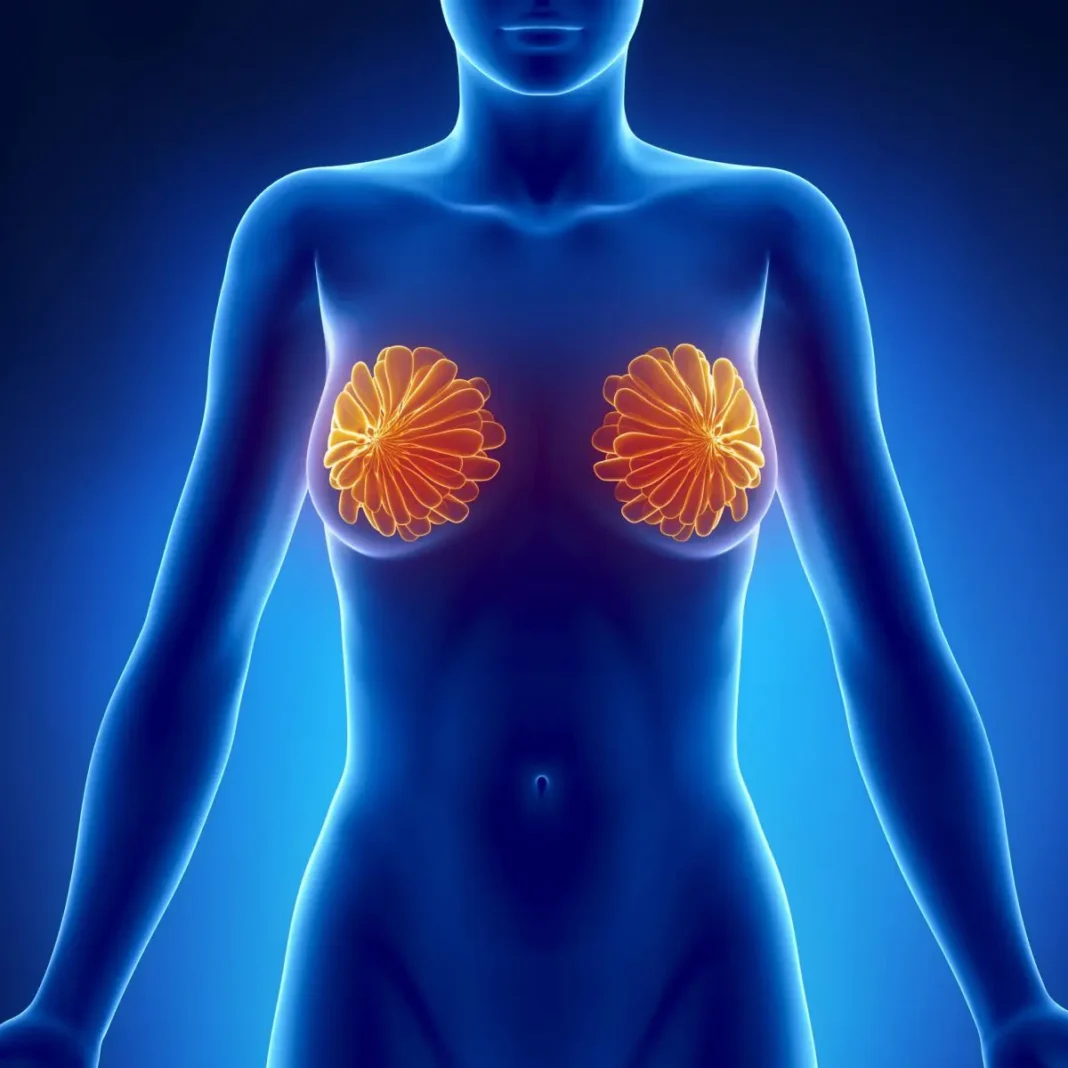One of the most prevalent malignancies impacting women globally is breast cancer, and patients and their families can better navigate this path by knowing the survival rates. Although survival rates offer a broad overview, your individual prognosis may differ based on a number of variables, such as age, cancer type, diagnosis stage, and therapy accessibility.
This guide will explain the differences in breast cancer survival rates by age, stage, and race, as well as strategies to enhance results..
Understanding Breast Cancer Numbers
Breast cancer survival rates are based on large datasets, such as the Surveillance, Epidemiology, and End Results (SEER) database managed by the National Cancer Institute (NCI). These numbers reflect broad trends and are not exact predictions for any individual.
- The overall 5-year survival rate for women with breast cancer is about 90.8%, covering all stages.
- Early detection is critical. The earlier breast cancer is diagnosed, the better the chances of survival. Health authorities generally recommend annual mammograms starting at age 40.
It’s also important to note that these statistics typically focus on women and may not reflect the experiences of transgender, nonbinary, or gender-diverse individuals.
Breast Cancer Stages and What They Mean
Breast cancer is categorized into stages to describe the extent of the disease.
| Stage | Description |
|---|---|
| Stage 0 (in situ) | Precancerous, non-invasive cells |
| Stage 1 (localized) | Small tumor, limited to breast, possible lymph node involvement |
| Stage 2 (localized) | Larger tumor, may have spread to nearby lymph nodes |
| Stage 3 (regional) | Cancer spread to skin, chest wall, or multiple nearby lymph nodes |
| Stage 4 (distant) | Metastatic cancer, spread to bones, lungs, liver, or other organs |
Factors considered for staging include tumor size, lymph node involvement, metastasis, hormone receptor (HR) status, HER2 status, and tumor grade (American Cancer Society).
Survival Rates by Age
Age plays a key role in both risk and prognosis. According to the NCI:
- Breast cancer is most frequently diagnosed in women aged 65–74, with a median diagnosis age of 63 (NCI Source).
Early screening can make a huge difference in outcomes, especially for older women who may be at higher risk.
Survival Rates by Stage
Relative survival rates estimate the likelihood of surviving compared to women without cancer.
- Localized breast cancer: ~99% 5-year survival
- Regional breast cancer: ~86% 5-year survival
- Distant (metastatic) breast cancer: ~31% 5-year survival
These rates have improved over the years due to advances in treatment. For example, 5-year survival for distant breast cancer in women aged 15–49 increased from 18% to 36% between 1992 and 2012 (NCI Study).
For men, who rarely develop breast cancer, the 5-year relative survival rates are:
- Localized: 95%
- Regional: 84%
- Distant: 20%
- All stages: 83% (ACS)
Survival Rates by Race
Breast cancer incidence and survival rates vary significantly across racial and ethnic groups:
| Race/Ethnicity | Incidence per 100,000 | Death Rate per 100,000 |
|---|---|---|
| White | 136.3 | 19.4 |
| Black | 128.3 | 27.1 |
| Hispanic | 98.5 | 13.7 |
| American Indian/Alaska Native | 107.4 | 15.6 |
| Asian/Pacific Islander | 106.4 | 11.6 |
Disparities are often linked to socioeconomic factors, including access to care, cultural barriers, and healthcare inequality (CDC).
Factors Affecting Breast Cancer Outlook
Key factors influencing prognosis include:
- Cancer stage at diagnosis: Earlier detection improves survival.
- Age and overall health: Younger and healthier individuals often respond better to treatment.
- Cancer subtype:
- Triple-negative breast cancer (TNBC): 10–15% of breast cancers, more aggressive, more common in Black women.
- Inflammatory breast cancer (IBC): 1–5% of cases, often diagnosed at stage 3 or 4.
- Hormone receptor (HR) and HER2 status: Influence treatment response.
How to Improve Your Outlook
- Regular screenings: Mammograms starting at age 40, or earlier for high-risk individuals.
- Genetic counseling: For women with strong family histories, consider MRI screenings.
- Healthy lifestyle: Nutrition, exercise, and limiting alcohol can support overall well-being.
- Early treatment: Prompt intervention significantly improves outcomes.
Takeaway
Although survival rates offer a useful point of comparison, every breast cancer patient’s experience is different. The prognosis for breast cancer keeps becoming better thanks to early detection, therapy advancements, and customized care. The most effective methods for enhancing results continue to be immediate medical attention, risk factor knowledge, and routine testing.
External References:
